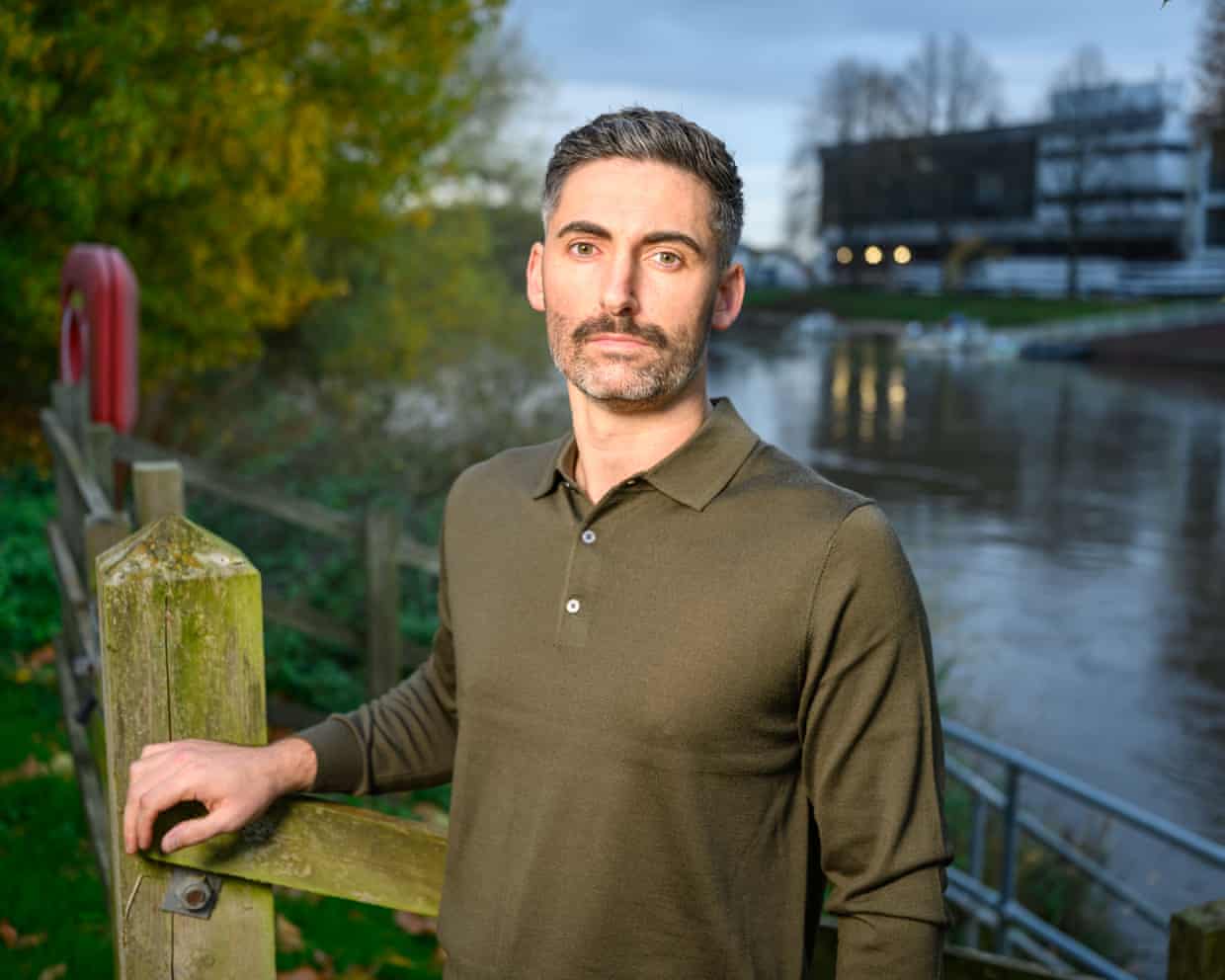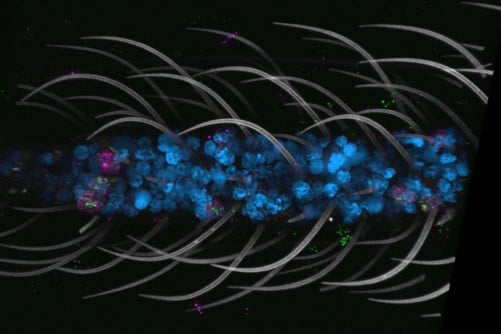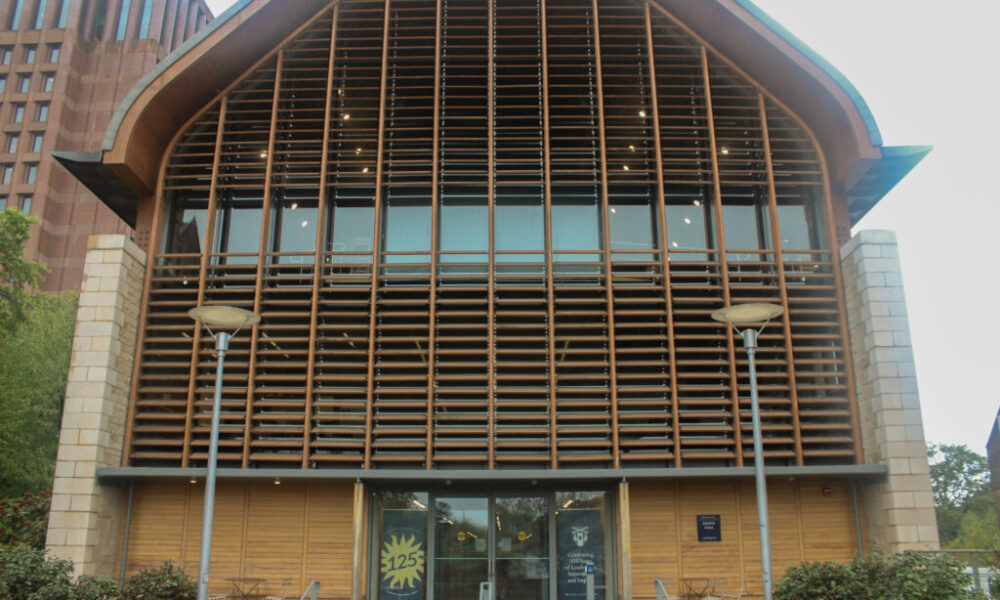On January 1, 2022, Colin McGarva made headlines when he jumped into a flooding river in Worcester to save an unconscious woman. Without hesitation, he risked his own life, driven by an instinctive urge to help. “Someone’s life is an important thing. Helping is just something you have to do,” McGarva stated, demonstrating a profound commitment to humanity even in perilous circumstances.
This incident, along with a recent mass stabbing on a high-speed train from Doncaster to London, has reignited discussions around heroism and the concept of bystander apathy. Initial reports from the train attack described panic and chaos, but soon after, stories emerged of individuals who put themselves in harm’s way to protect others. Among them, LNER employee Samir Zitouni stood out for his courage, earning accolades from police and government officials alike. Transport Secretary Heidi Alexander credited his actions, declaring, “There are people who are alive today who wouldn’t be … were it not for his actions.” For Zitouni’s family, however, he has always been regarded as a hero.
Revisiting the Myth of Bystander Apathy
Experts in bystander intervention argue that the belief in apathy during crises is a myth. According to Prof Stephen Reicher, a psychologist at the University of St Andrews, people often act selflessly in emergencies. “The notion that people panic and run screaming for the exits is a Hollywood fiction,” he explained. Historical instances, such as the 7/7 London bombings and the 1999 Admiral Duncan pub attack, demonstrated that individuals frequently band together in times of danger, providing support and assistance to one another.
Research conducted during the Leytonstone tube attack in 2015 highlighted the spontaneous cooperation of bystanders. Some individuals directed others away from danger, while others confronted the attacker. “Heroism was a feature of the group, not just the individual,” Reicher noted, emphasizing the collective nature of bravery.
Prof Clifford Stott, who specializes in crowd psychology at Keele University, echoed this sentiment, stating, “Bystander apathy is a myth.” He noted that, in reality, strangers often collaborate effectively during emergencies, showing a natural tendency towards protective behavior. “What modern research shows is that the public are very good at protecting themselves, and the heroic actions that hit the headlines are actually underlying, natural tendencies in all of us.”
Building Resilience and Fostering Heroism
The findings suggest that society can benefit from fostering these innate heroic tendencies. Prof John Drury, a social psychologist at the University of Sussex, emphasized the importance of empowering communities to act during emergencies. “Authorities arriving at emergency scenes need to support and facilitate people’s strong, natural tendency to group together and help each other,” he stated.
Drury also highlighted the significance of language used by first responders. By adopting positive, unifying terminology, such as referring to “the community” rather than “the public,” officials can strengthen the sense of connection among individuals in crisis situations. This approach helps create an environment where people feel inclined to assist one another.
Dr Gill Harrop, who leads the Bystander Intervention Programme at the University of Worcester, reported that institutions are making strides toward building a culture of helpers. “We’re seeing this happening now with bystander intervention training in schools, colleges, universities, policing, and even the NHS,” she noted. “We are slowly but surely creating communities of active bystanders. And that’s wonderful.”
As society faces increasing challenges—particularly with climate-related emergencies—harnessing the collective strength of communities will become increasingly crucial. By cultivating an environment that encourages individuals to act heroically, society can better prepare for future crises and ensure that more lives are saved.







